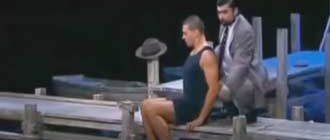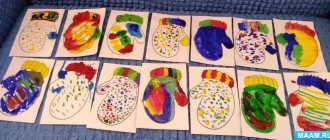Every person wants to live a happy and healthy life. But if a person can make himself and his loved ones happy on his own, then to maintain health it is sometimes necessary to consult a doctor. For example, you can treat a small scratch at home yourself, and tea with lemon and honey will help with a minor cold. But if trouble happens - injury, severe pain or fever - then you cannot hesitate, because only a doctor can prescribe the correct treatment and speed up recovery.
A doctor is a very important and honorable profession. Since ancient times, doctors have been respected and valued for their ability to relieve illness and pain. Moreover, in the old days, a doctor was usually one of the most educated people in the area.
What types of doctors are there?
Doctors are very different and, as a rule, a doctor specializes in one area of medicine. For example, an ophthalmologist monitors the health of the eyes, an otolaryngologist is responsible for treating the patient’s throat, nose and ears, an orthopedist cures bone diseases, and a dentist, as we know, prevents caries from ruining our teeth. And even dentists are different! For example, a dental therapist puts fillings, and a dental surgeon deals with those teeth that can no longer be saved and need to be removed.
Surgeons perform important work. They are the ones who fight for a person’s life and health when the disease cannot be cured with pills and injections or when the person has been seriously injured.
Special doctors working in the maternity hospital help babies be born. They make sure that the birth of a new baby goes well and that mother and baby are healthy, feel well and return home to their family and friends sooner.
Specialties of doctors: list and description, doctors of narrow specialties
There are various specialties of doctors, so to avoid the need to retrain, a medical student should find out what areas of this profession there are, make an informed choice: assess his abilities, personal qualities, understand what he wants to do in life, etc.
Allergist immunologist
An allergist-immunologist deals with the diagnosis and treatment of allergic reactions in the body and studies the immune system. A specialist in this profile must be able to provide emergency assistance to a patient who has severe manifestations of allergies (edema, anaphylactic shock, etc.).
Andrologist
An andrologist is a specialist who treats pathological processes and diseases of the male reproductive system. The main area is male reproductive health. An andrologist deals with the diagnosis, treatment and prevention of diseases such as impotence, erectile dysfunction, etc.
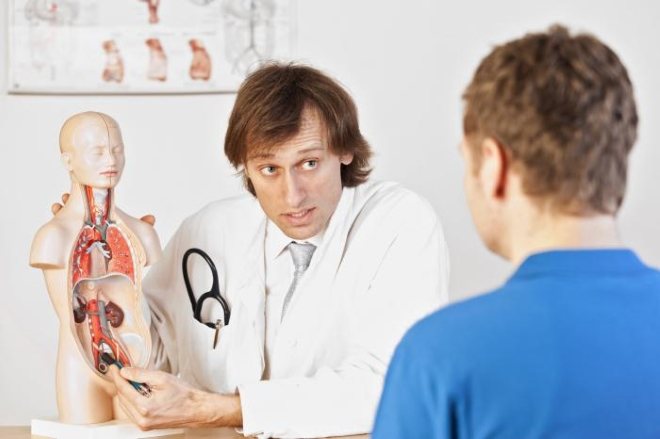
Venereologist
A venereologist specializes in sexually transmitted diseases. General characteristics of the profession: treatment of sexual diseases and their consequences (infertility, pathologies during pregnancy, etc.). The most common diseases: syphilis, chlamydia, gonorrhea, vaginosis, genital herpes, prostatitis, etc.
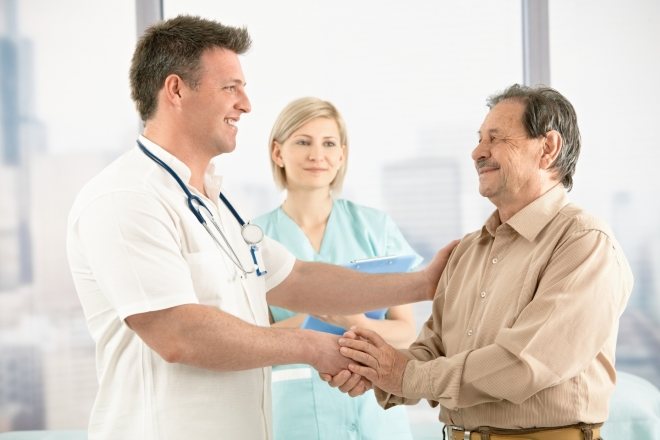
Gastroenterologist
A gastroenterologist is a specialist whose responsibilities include treating diseases of the gastrointestinal tract. Among them are diseases associated with the stomach (ulcer, gastritis, etc.), gall bladder, pancreas (pancreatitis), spleen (tumors, cysts, etc.), and intestines.
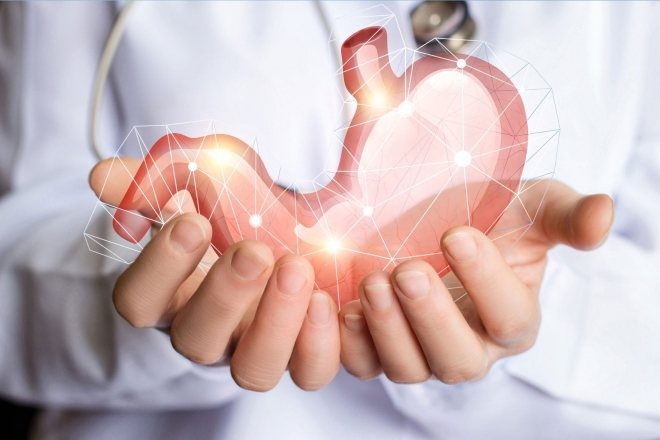
Hepatologist
The task of a hepatologist is to diagnose and treat liver diseases. These include: liver cirrhosis, hepatitis, toxoplasmosis, cholelithiasis, etc.
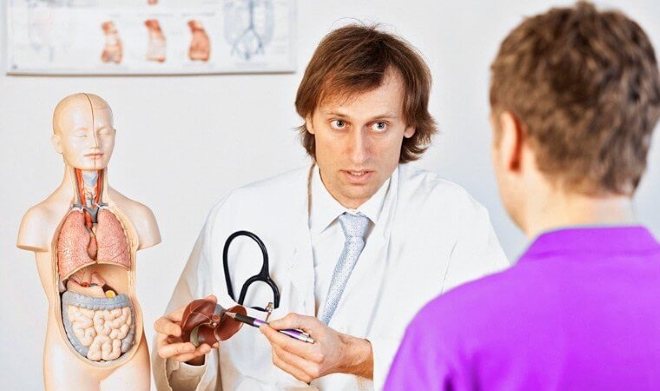
Gynecologist
A gynecologist is a specialist who diagnoses, treats and prevents various abnormalities and diseases of the female reproductive system. A specialist in this profile observes a woman during pregnancy, delivers babies, etc.
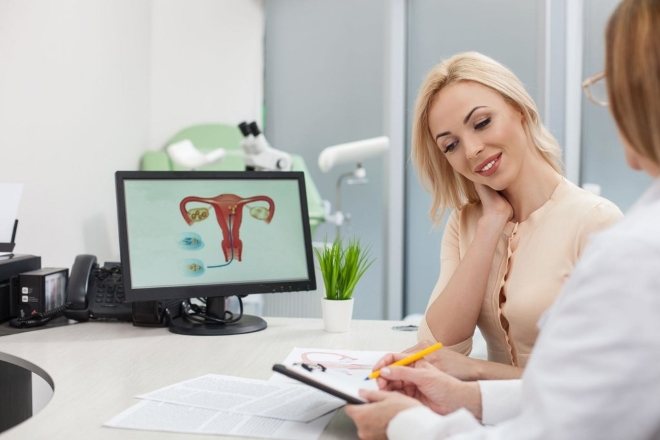
Dermatologist
A dermatologist specializes in studying the physiological functions and diseases of the skin, hair, and nails. The doctor’s work concerns skin lesions of infectious, viral, parasitic types, dermatitis caused by allergies, psoriasis, various rashes, etc.
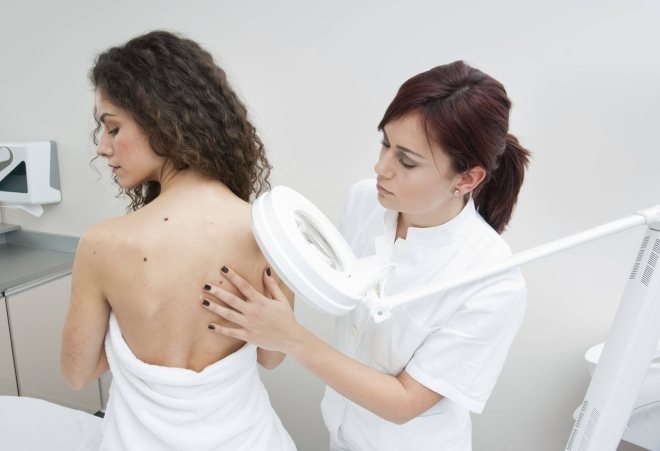
Nutritionist
A nutritionist deals with the issue of nutrition: develops proper meal plans for people suffering from excess weight. Healthy people also turn to a specialist in this profile in order to organize their diet in such a way as not to have health problems in the future.

Cardiologist
A cardiologist diagnoses and treats various diseases of the cardiovascular system. These include: coronary heart disease, heart defects, heart failure, myocardial infarction, etc.
Physiotherapy doctor
A physical therapy doctor offers patients a treatment method based on physical exercise. The main task of the specialist is to help the patient regain lost physical skills (rehabilitation and preventive measures).
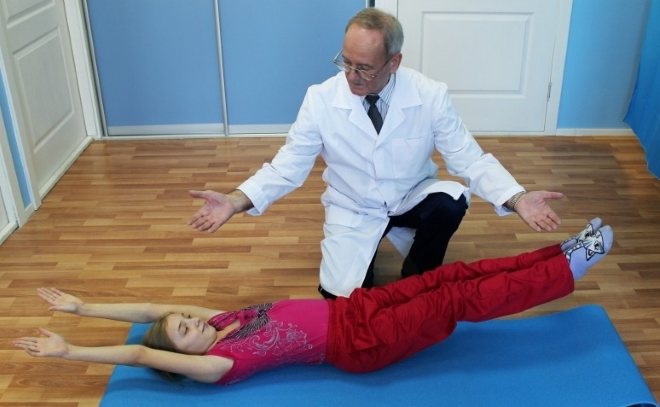
Expert in narcology
A narcologist treats people for addiction (drug addiction, substance abuse, alcoholism). In addition to therapeutic measures, the doctor bears responsibility for the psychological state of the patient.
Neurologist
A neurologist treats diseases of the nervous system. Its task is to establish the cause of the disease and determine which organs are negatively affected. In some cases, the neurologist works in tandem with another doctor.
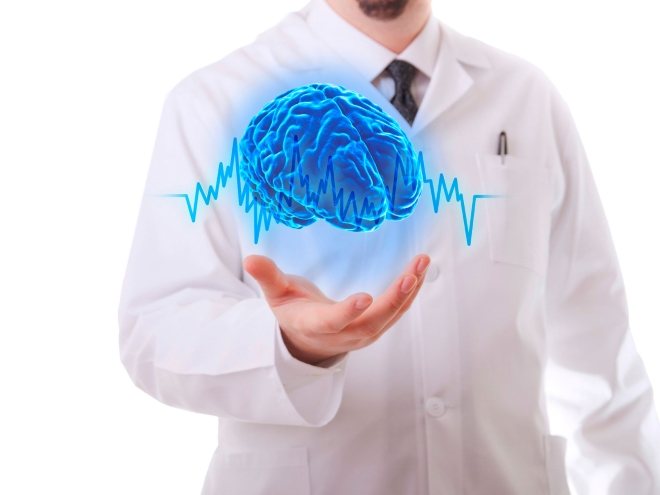
Otolaryngologist (ENT)
An otolaryngologist specializes in the prevention and treatment of diseases of the ear, nose and throat. These include: difficulty breathing through the nose, hearing loss, etc.
Pediatrician
A pediatrician is a doctor for children who observes them from birth, analyzes the child’s neuropsychic and physical development. He gives mothers advice on breastfeeding, child care, etc. His competence includes the treatment of some childhood and general diseases (ARVI, etc.). If necessary, the pediatrician refers the patient to another specialist.
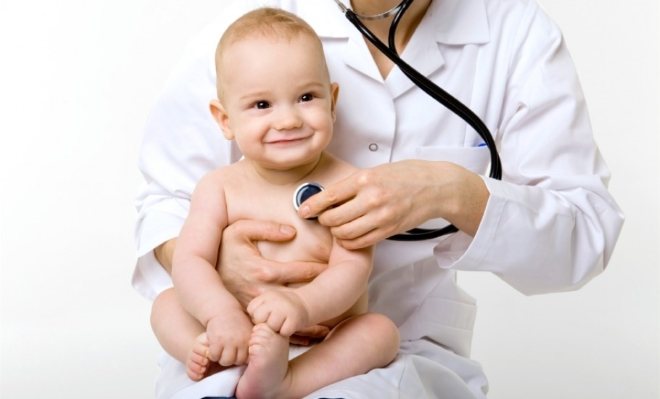
Psychotherapist
The psychotherapist provides support to the patient in difficult life situations and teaches them to overcome psychological difficulties. A specialist in this field treats psychosomatic diseases caused by physiological and mental factors during conversations.
Dentist
The dentist specializes in problems with the maxillofacial area, deals with the treatment and removal of teeth, and prosthetics. His task is to explain to patients preventive oral care measures.
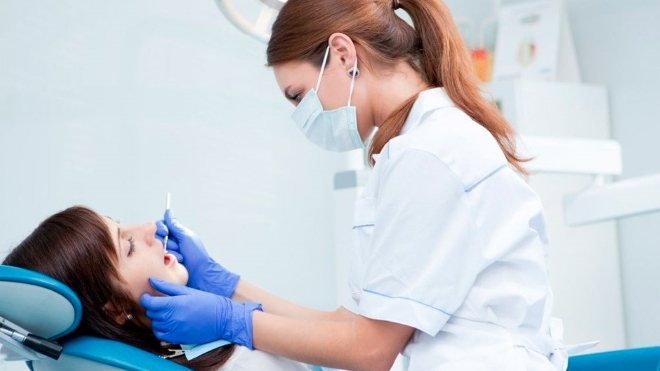
Therapist
The profession of a general practitioner involves studying the cause-and-effect relationship of the mechanisms of disease of internal organs and systems (diagnosis, treatment, prevention). Consultation with a therapist is the first thing a patient needs in the presence of any disease. The accuracy of the diagnosis and the effectiveness of the prescribed treatment depend on the competence and experience of the specialist.

Urologist
A urologist studies and treats pathologies of the reproductive and genitourinary systems. His clients are men and women. The male part of the population turns to a urologist with the following diseases: infertility, problems with urination, potency, inflammatory, infectious diseases of the genitourinary system, etc. Women turn to a urologist if they have cystitis, urolithiasis, renal failure, urinary incontinence, etc.
Where are doctors needed?
The profession of a doctor is in great demand. Doctors of various specialties work in clinics and hospitals, private and public medical centers. As a rule, medical workers are present in kindergartens, schools and health institutions to provide timely assistance in case it is suddenly needed.
Ambulance workers and so-called “disaster medicine” deserve special mention. These are doctors who immediately arrive on the first call in particularly severe cases when there is a threat to human life and health. Sometimes these doctors themselves find themselves in life-threatening situations, as they are called to fires, accidents and other dangerous incidents. A special unit of very experienced and qualified doctors, employees of the Ministry of Emergency Situations, can even urgently fly to other cities and countries when their help is needed.
The emergence of this profession
The history of the medical profession dates back to primitive times. Scientists have proven that ancestors showed an interest in health, knew how to treat fractures, put sutures on a wound, tried to treat teeth, and could perform craniotomy. In addition to healing, former doctors also acted as priests: they communicated with spirits, made sacrifices, cast spells, etc.
Hippocrates is the first famous doctor who lived in Ancient Greece. With his activities, the development of medicine as a science began: he managed to combine all previous knowledge into a single whole and became the forefather of the profession. He was the first to pay attention to the causes of diseases and proved that human health is influenced by external factors. Medical students take the Hippocratic oath, which expresses the basic moral and ethical principles of a doctor’s behavior (do no harm, etc.).
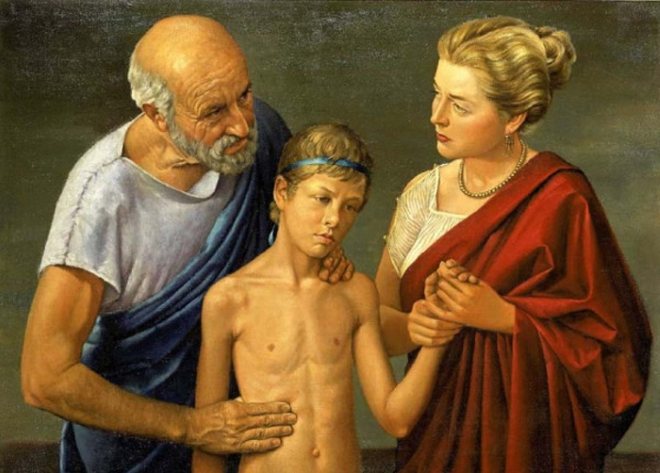
In the Middle Ages in Europe, inquisitors, as representatives of the Christian church, had a detrimental effect on the development of medicine, persecuted scientists, accused them of heresy, etc. During this period, doctors were engaged in autopsy of corpses in order to study the internal structure of the human body.
In the Middle Ages, medical schools were opened in eastern countries, where doctors passed on their experience to students and wrote books about healing.
It was only during the Renaissance that medicine began to be recognized by society as an important science. Vaccination, blood group distribution, anesthesia, insulin, X-rays, etc. appeared. Doctors learned to perform operations.
The medical profession is available at colleges and universities, most of which offer full-time study. This will require a lot of effort and patience (study takes from 4 to 8 years). The choice of specialization depends on the preferences and capabilities of the applicant.
Does a healthy person need a doctor?
Sometimes it wouldn’t hurt even a healthy person to consult a doctor. A good doctor will always be able to give practical advice on how to eat properly and what exercises to do in order to maintain health for many years. Your doctor may recommend other methods to keep you in good physical shape.
A healthy person can treat himself to wellness treatments in a sanatorium, clinic or at home. For example, therapeutic baths, massage, and physiotherapy have a good effect.
Varieties
There are different areas of activity of a doctor:
- In the therapeutic field, specialists are involved who examine patients and prescribe them the necessary medications, the use of which will contribute to the patient’s recovery. In severe cases, the doctor prescribes an examination or gives a referral to the surgical department;
- Surgery is always associated with surgical intervention in order to eliminate pathological areas and processes that occur in the human body. People in this profession have saved many lives;
- pathological anatomical focus is necessary to determine the cause of death of the deceased;
- psychological specialization allows you to control and manage emotions, both standard and pathological.
If we talk about the classification of medical activities, we can highlight:
- pharmacists, pharmacists, pharmacists, paramedics;
- cosmetologist, massage therapist, proctologist;
- nurses, nurses, psychotherapists;
- phthisiatricians, veterinarians, virologists;
- toxicologists, bacteriologists, ophthalmologists;
- gynecologists, obstetricians, dermatologists;
- ophthalmologists, therapists, cardiologists;
- radiologists, psychoneurologists.
Pediatricians deserve special attention. These people treat children from birth to adulthood. After all, you should monitor the psychomotor development, correct posture, weight and growth of the children.
The dentist profession is considered to be quite in demand - this area is a separate direction in medicine. Toothache or caries occurs to everyone sooner or later, and here you simply cannot do without the help of a doctor. To prevent problems, patients need to see a specialist after a certain period.
Among dentists you can also find doctors with narrower specializations: surgeons, therapists, orthodontists, orthopedists, periodontists. A pediatric dentist takes care of the baby’s correct bite, fills teeth, and for adults, the doctor performs gum surgery and restores teeth.
The health of the patient is the main task of the doctor, no matter what type of medical activity he is engaged in.
How to become a doctor?
In order to become a doctor you need to receive special education. Doctors are trained in medical schools and medical institutes.
Schoolchildren who are determined to study medicine can begin to prepare for the profession of a doctor while still at school, because in order to enter a medical school, the future doctor must have a good knowledge of biology, physics and chemistry. There are a lot of people who want to become a doctor, and the teachers at the institute will teach only the smartest and most diligent students who received the highest marks in the entrance exams.
Immediately after entering the institute, medical students begin to study general information about human health, diseases and methods of treating them. Over time, students make a decision about what kind of doctor they should become, because doctors are very different and it is impossible to be a good specialist in all areas at once. From this time on, they begin to study in depth the area of medicine that interests them and eventually receive professions: pediatrician, ophthalmologist, dentist.
However, after graduating from college, young specialists are not yet able to treat people on their own. In order to become a full-fledged experienced doctor, they will have to work for several more years in a hospital or clinic under the guidance of other experienced doctors.
The path to becoming a doctor is long and difficult, and not everyone reaches the end of this path, but young men and women who have successfully completed their training will henceforth be able to save people, heal the sick, and help people stay healthy.
Lesson summary: Profession doctor. Senior group
Grow up healthy baby
(Introduction to the right to health care and medical care) Purpose: To develop the idea that health is the main value of human life. To help children understand the role of the state in protecting and promoting health. Foster children's need for daily personal hygiene. Materials and equipment: Medical supplies, UN Convention on the Rights of the Child, telephones, cardboard, colored paper, scissors, glue. Preliminary work: Introducing children to the profession of a doctor, excursion to the medical office of a kindergarten, reading K.I. Chukovsky “Aibolit”.
Progress of the lesson.
Educator: “Hello, children! Do you know that the words “hello” mean “be healthy”. When people meet, they wish each other good health. It’s good if, when greeting a person, you say his name and smile. This way you will give each other health and joy.” The teacher asks questions: • What is health? • How can you maintain and strengthen your health? • Describe a healthy person (strong, smart, slim, happy, dexterous, neat) Speech correction exercise with movements. Put your hands up and sway like a tree in the garden. Or we flutter like little birds. “Catching midges” on the go. Children and the teacher perform the appropriate movements. The teacher invites the children to play a game. - I will be healthy if I... do gymnastics every day. - I will be healthy if I... observe the rules of personal hygiene. — I will be healthy if I….do physical exercise. - I will be healthy if I... follow a daily routine. - I will be healthy if I... eat right and on time. The teacher says that if you want to be healthy, you need to show will and patience, our health depends on ourselves. Introducing children to the right to health care and medical care Educator: “The Convention on the Rights of the Child states (shows book) that every child has the right to health care and medical care. This symbol (it depicts a red medical cross) will remind us of this right. You are gradually growing, developing physically, but your body is not sufficiently protected from various diseases. Therefore, children need constant care from doctors and medical care. A child has the right to medical care from birth. The doctor advises mothers how to care for their babies, what to feed them, what vaccinations to give, what vitamins to take, so that the children grow up healthy and strong.” The teacher invites the children to characterize a sick person: gloomy, sad, irritable, he has a cough, a runny nose, and invites them to listen to Sergei Kozlov’s poem The Sick Hippopotamus And the big mother trembles like a hare, And walks around the Hippopotamus quietly, And the Hippopotamus himself lies - does not shout at dad, at mom , He looks in fright. And the back hurts And the tummy - The dear Hippopotamus is sick And dad - Big - big Hippopotamus Puts a tablet in the Hippopotamus's mouth, Such a big tablet, It's like a big plate. Oh, poor sick Hippopotamus! And my back hurts, and my tummy hurts. The teacher says that your loved ones, relatives, educators and the state care about your health, since health is the main value of human life, and in order to strengthen it you need to eat healthy. I’m writing now I’ll tell you riddles about healthy foods: Seventy clothes and all without fasteners (Cabbage) A beautiful maiden sits in a dungeon, And her braid is on the street. (Carrots) Small as a mouse, Red as blood, Tasty as honey. (Cherry) Will make everyone around cry, Although he is not a fighter, but... (Onion) Round side, yellow side, A bun is sitting in the garden bed. Rooted firmly into the ground. What is this? (Turnip) You guessed correctly that these products contain a lot of vitamins, and now we will do the same with vitamins. The teacher invites the children to cut out vitamins and stick them into jars, pre-cut out of cardboard and prepared on easels. (Children do group work)
After completing the task, the teacher praises the children for how great they are and says that in addition to healthy food, they need to play sports, for this we build swimming pools and stadiums, and in the garden we have a gym where you do physical exercise, like to run, jump and play outdoor games and often during the game you forget about the possible danger, but if this does happen, you need to take the patient to the doctor.
The teacher invites children to role-play the following situations: a broken arm, a sore ear, a visit to a sick therapist. In the middle of the group there is a table and a chair on which there are medical supplies for each surgeon, therapist, ENT doctor, children dressed as doctors sit down at the table, take turns and receive patients. Children demonstrate how to provide care and use medical supplies. After the game “Polyclinic”, the teacher says that the doctor can come and visit the patient, all you need to do is dial the correct ambulance number and call the doctor at home. The game is an improvisation called “Calling a Doctor.” Children are asked, using an algorithm, to call a doctor at home: address, last name, first name, age of complaint. After calling the doctor, “Aibolit” comes Aibolit: Guys, take care of your free time, use it to improve your health and maintain a good mood. Take care of your health and your safety. You must behave in such a way that trouble does not happen. The teacher invites Aibolit to sit down and listen to what rules the children will draw up for preventing accidents
.
-Be careful, don’t run headlong, no matter what hits you. After playing with the toys, put them back in their place. Don't play with sharp objects. After drawing up the rules, Aibolit invites the children to solve riddles. Five brothers will be born together, but they grow differently (fingers) They don’t sow, they don’t plant, they grow on their own (hair) Two brothers live across the road, but don’t see each other. (eyes) Aibolit praises the children, gives them a treat and leaves. When the children solve the riddles, the doctor treats them to hematogen, says goodbye and leaves. The teacher sums it up and says that the lesson is over.
We recommend watching:
Summary of educational activities in the senior group “Journey to a Fairy Tale” Summary of a mathematics lesson for children of the senior orthopedic group Summary of educational and gaming activities in the senior group in the section of the “Childhood” program Synopsis of educational activities for the perception of music in the senior group of kindergarten
Similar articles:
Lesson in the senior group of kindergarten on the topic of February 23
Lesson notes for children of senior preschool age. Topic: Invisible air
Summary of organized educational activities for children of the senior group
Notes for mathematics classes in the senior group
Lesson summary on the topic “Reserve” in the senior group

